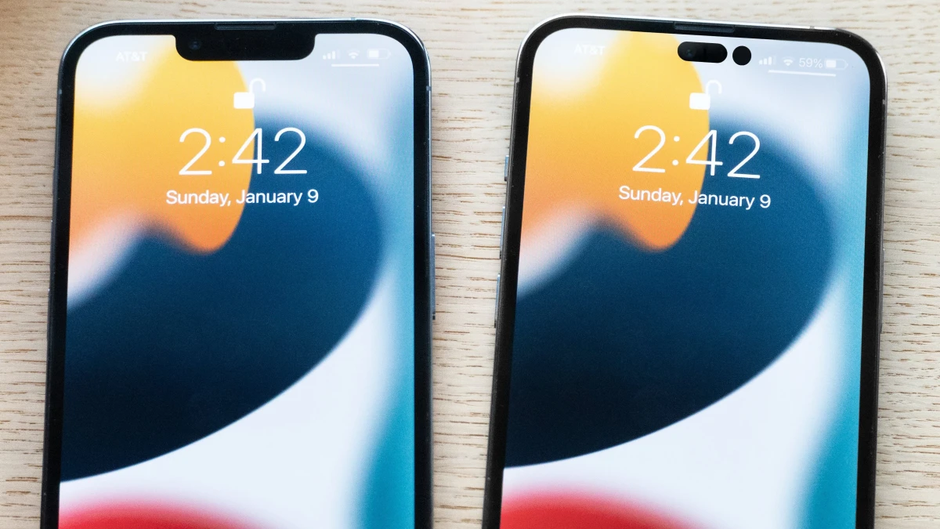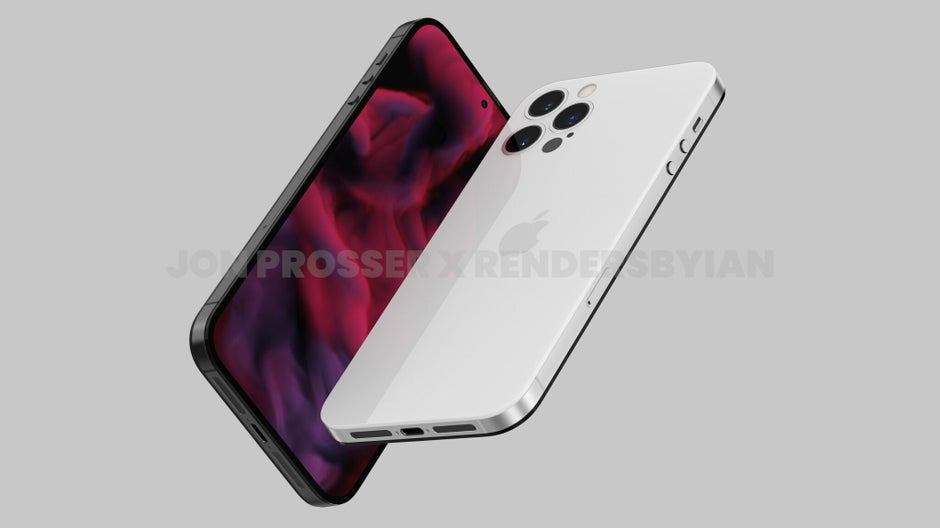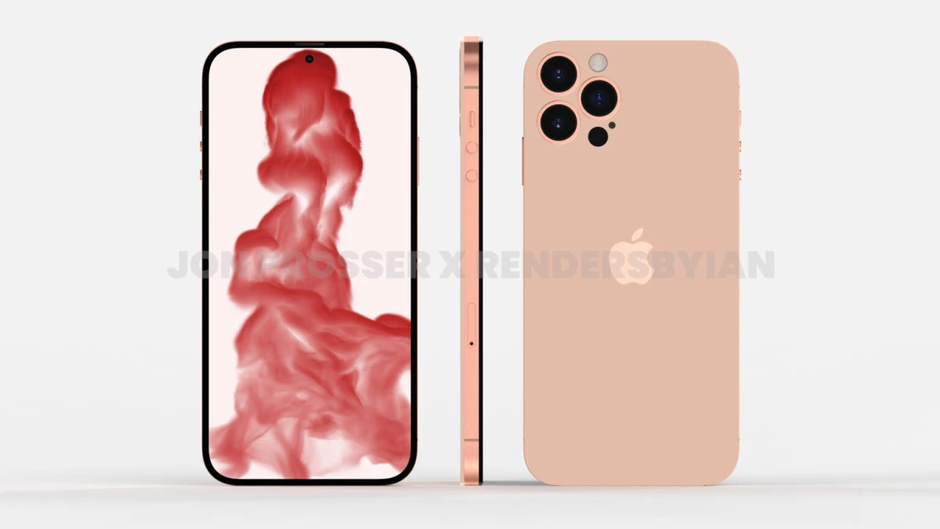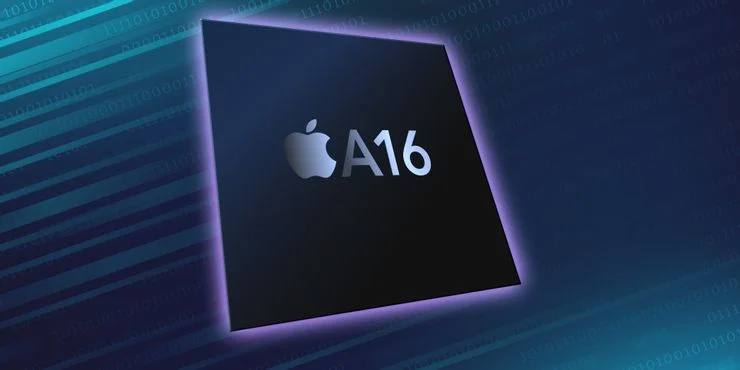As 2022 is already upon us, the rumor mill is churning rumor after rumor about the upcoming iPhone 14 series which, come hell or high water, should hit us this fall.
Tons of things, including but not limited to the fall of the iPhone mini and the rise of a new device category (an affordable iPhone Max), a big design change in the form of a punch hole cutout for the selfie camera and the Face ID modules, as well as faster hardware, and… a higher price. All of this to be brought to you by Apple come September 2022.
Apple is one of the more predictable tech companies, in a sense that it has pretty concrete announcement and release time frames. No matter what happens, we always expect iPhones to be unveiled in September and released on the market shortly after, in a week or two’s time. This is why we expect the iPhone 14 to be announced and released in mid-September 2022, which is the usual iPhone announcement period for Apple. Of course, something unexpected could theoretically change that timeframe, but the chances are low – the iPhone 14 release date is in September 2022.
Recent rumors pin the pricing of the iPhone 14 Pro and Pro Max versions to be pricier than its predecessors. The anticipated price hike is due to a variety of factors, namely the more expensive punch-hole display with variable refresh rate and the overall price inflation across the supply chain. Apple is reportedly still considering the price hike, but provided it does happen, then the prices of Apple’s 2022 lineup could look like this:
- 6.1″ Apple iPhone 14: $799
- 6.7″ Apple iPhone 14 Max: $899
- 6.1″ Apple iPhone 14 Pro: $1099
- 6.7″ Apple iPhone 14 Pro Max: $1199
It’s important to say that the iPhone 14 Pro max could potentially get a lot more expensive due to an upcoming camera overhaul that could very well increase the costs. Of course, given the timeline, we could very well be off by a certain amount here or there, but generally, we don’t expect a colossal spike in prices for the iPhone 14 series, though if we see such a price hike, it would most certainly be for the Pro models.
iPhone 14 Name
Apple is reportedly prepping four devices for 2022 and probably ditching the Apple iPhone mini lineup for good. The Pro models are likely to remain two. Here’s a purported iPhone 14 lineup that could cater very well to those unphased by compact phones:
- iPhone 14 6.1″ — an affordable device that’s a logical continuation of the iPhone 11, 12, and 13
- iPhone 14 Max 6.7″ — a larger version of the iPhone 14 with dual cameras
- iPhone 14 Pro 6.1″ — the triple-camera iPhone 14 with all the bells and whistles in a manageable size
- iPhone 14 Pro Max 6.7″ — the largest and best expected iPhone 14 version.
Apple iPhone 14 Camera
“We believe that the new 2H22 iPhone may support direct 48MP output and 12MP (four cells merge output mode) output simultaneously,” says Ming-Chi Kuo. “With 12MP output, the CIS pixel size of the new 2H22 iPhone increases to about 2.5um, which is significantly larger than the iPhone 12 and iPhone 13, and larger than existing Android phones, and close to the DSC level.”
This would be the largest camera sensor ever fitted on an Apple iPhone. Thanks to quad pixel-binning should provide superb low-light image quality that would play extremely well with the Night mode of the iPhone 14. It looks like Sony will be supplying the new larger sensors to the iPhone 14, whereas LG will be tasked with the production of the camera modules for the iPhone 14 themselves.
What’s more, the new sensor will allow for 8K video capture with the main camera. At the moment, iPhones can only capture up to 4K video at 60 fps, and judging from Kuo’s insights, we shouldn’t be seeing a bump in video capture resolution this year. Yet, that’s okay: shooting 4K video at 60fps is a standard that’s likely to stick for now. Thus, an iPhone 14 without any significant updates in the video recording will be okay, seeing how big of bump the area got with the iPhone 13 series.
All of these nifty camera improvements will however result into increased costs for Apple, which are likely to trickle down to the end-user. It’s logical to expect that only the top-end iPhone 14 Pro Max will get the new and improved camera tech first, so we probably shouldn’t expect a steep price hike across all the range just yet.
Apple iPhone 14 Design

Render by Ian Zelbo

iPhone 14 Pro display cutout by ShrimpApplePro
An under-display camera and Face ID modules aren’t expected to be shifted underneath the display until 2024 in the earliest, and that’s a believable timeframe, as Android’s current tests of the under-display camera system are all missing the mark and failing to impress.
In addition to the changes up front, Apple is reportedly planning several design tweaks on the rear and sides. For one, the stainless steel frame that Pro users have become accustomed to is reportedly being switched out for a titanium construction. Surely, that wouldn’t be on just about any iPhone out there, but most probably remain an exclusive version of the Pro models. Who knows, it could be just the design element to differentiate the lucrative 1TB storage option from all other iPhones.

Much like the iPhone 4, which was released in 2010, the iPhone 14 Pro Max model could use circular volume buttons on the side. The rear glass, which is once again glossy and sits on top of the Apple logo, is expected to extend over the sides a little and sit on top of the antenna bands too, another iPhone 4-like design choice. Regardless, the iPhone 14 lineup will likely score small design updates here and there.
Apple iPhone 14 Display
Currently, we expect that only the premium iPhone models, the iPhone 14 Pro and iPhone 14 Pro Max, to feature 120Hz refresh rate, whereas the more affordable iPhone 14 and iPhone 14 Max to only come with slow 60Hz displays. That’s mostly similar to the iPhone 13-series, which had things going the same way. However, recent developings suggest that the iPhone 14 Max could also feature a 120Hz display should the stars align.
As we already mentioned, the jury is still out there regarding the future of the notch. Multiple reports claim that the iPhone 14 Pro and iPhone 14 Pro Max might do away with the signature design element though, so here’s to hoping that the more premium models will shake up the overall form of the iPhone lineup. Provided that such a thing happens, the iPhone 14 Pro/Max might look like this:
Another rumor claims that Apple has awarded China-based display maker BOE with a test batch for Apple iPhone displays. If the factory meets Apple’s requirements, the stint can not only be used to pressure Samsung and LG to lower down the prices of their displays, but also see BOE join the ranks of official iPhone display suppliers. However, BOE hasn’t joined on the LTPO game just yet and doesn’t produce OLED displays with variable refresh rate, which could it mean it might only supply displays for the more affordable iPhones, the iPhone 14 and iPhone 14 Max.
- 6.1″ iPhone 14 with 60Hz notch display by LG and BOE
- 6.7″ iPhone 14 Max with 120HZ notch display by LG
- 6.1″ iPhone 14 Pro with 120Hz punch-hole display by Samsung
- 6.7″ iPhone 14 Pro Max with 120Hz punch-hole display by Samsung and LG
Apple iPhone 14 Specs and hardware
What about the iPhone 14 specs? Well, we know for a fact that the 2022 iPhone should be powered by the Apple A16 Bionic chipset, but what are its specs? While it’s too early to say, analyst Ming-Chi Kuo has a say on the matter. The iPhone 14-series would certainly be powered by one of the fastest chipsets expected to arrive in 2022, the A16 Bionic.
The iPhone 14 Pro and iPhone 14 Pro Max are also expected to be the first ones with a whole lot of 8GB of RAM on deck, which would definitely improve the already great multi-tasking capabilities of the iPhones. That would be an absolute record for the iPhone range, which currently tops at 6GB with the iPhone 13 Pro/Pro Max.
The reason for this uncertainty is the global semiconductor shortage. It has already affected the plans of other phone manufacturers and either postponed devices or lead to silent device cancellations. TSMC, the largest semiconductor manufacturer, is reportedly struggling with switching to the smaller manufacturing node on a scale that would satisfy the immense Apple demand that’s to come. This is why it’s mostly certain that the iPhone 14-series won’t be outfitted with a 3 or 4nm chipset.
Apple iPhone 14 Battery and charging
We’re yet to hear anything in particular regarding the batteries of the iPhone 14 series. Coming from the excellent battery life of the latest iPhone 13, our expectations are already high. Even if we see a battery capacity decrease, the hypothetical chipset battery savings should offset this and offer similar or even better battery life.
As a refresher, the iPhone 13 mini boasts a 2,406mAh battery, both the iPhone 13 and iPhone 13 Pro have 3095mAh batteries, and finally, the range-topping 4352mAh iPhone 13 Pro Max offers outstanding battery life.
We’ve heard rumors that Apple could come up with a portless iPhone in the future, but for the time being, it doesn’t seem that this will affect the iPhone 14. However, the recent ruling by the European Commission might put future Lightning port use on hold as the EC pushes for a common charging port on all electronics to combat e-waste. So far, a USB Type-C isn’t offseting the Lighnting port, at least not on the iPhone 14.
iPhone 14 will naturally have wireless charging but it’s unclear if all iPhone 14 models will come with reverse wireless charging. This could be reserved for the top-range Pro models as they have the largest batteries.




